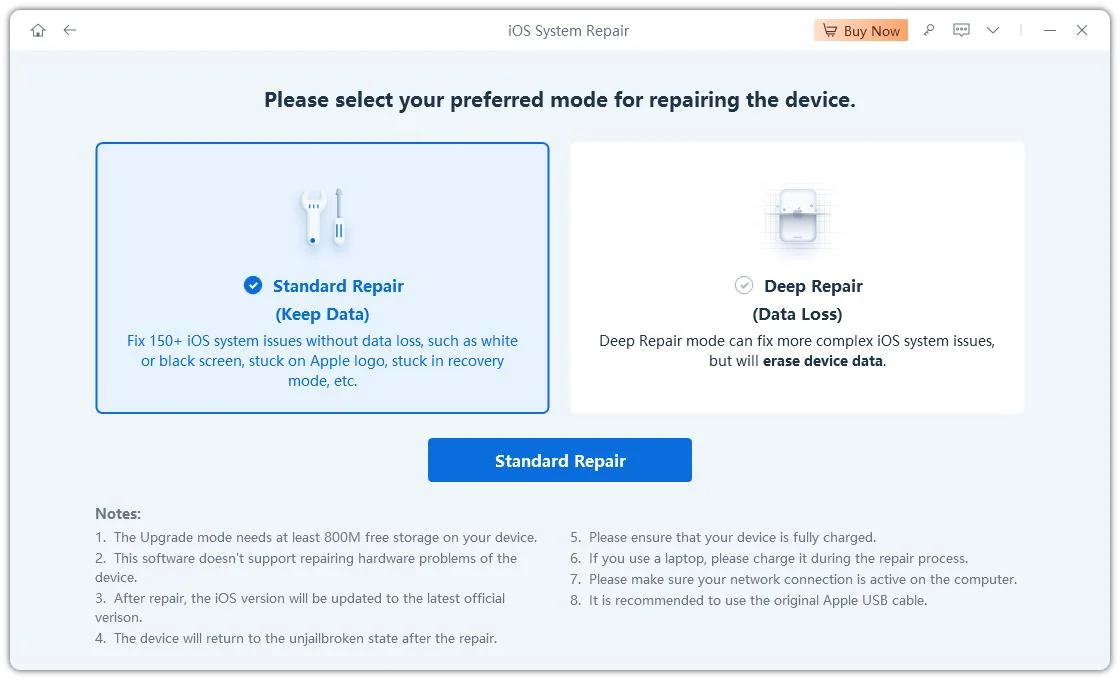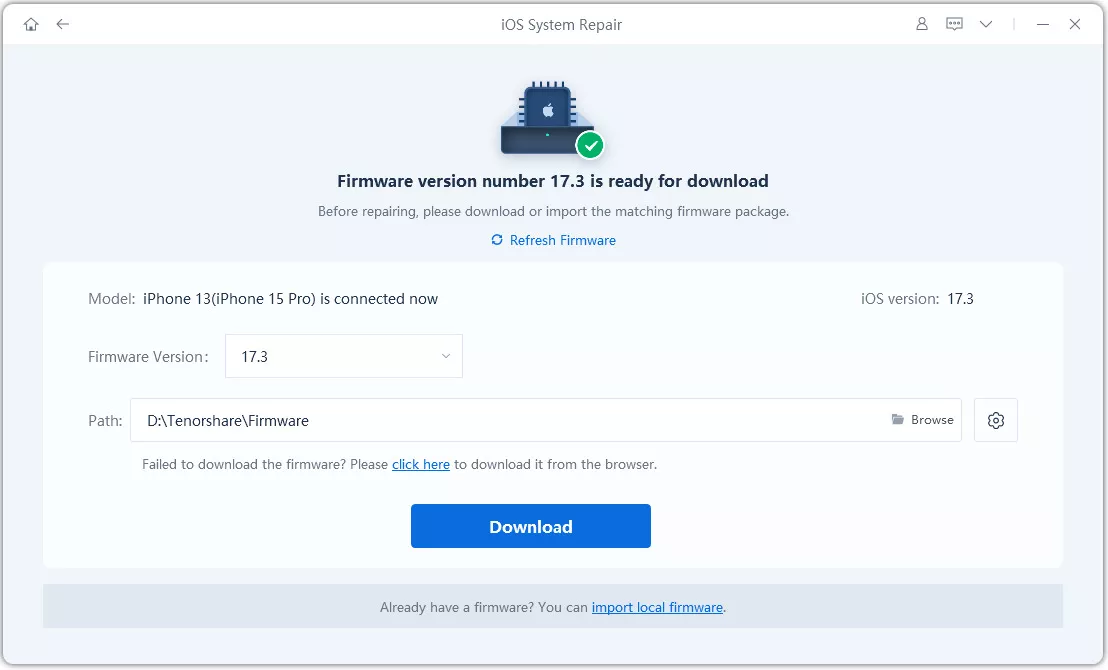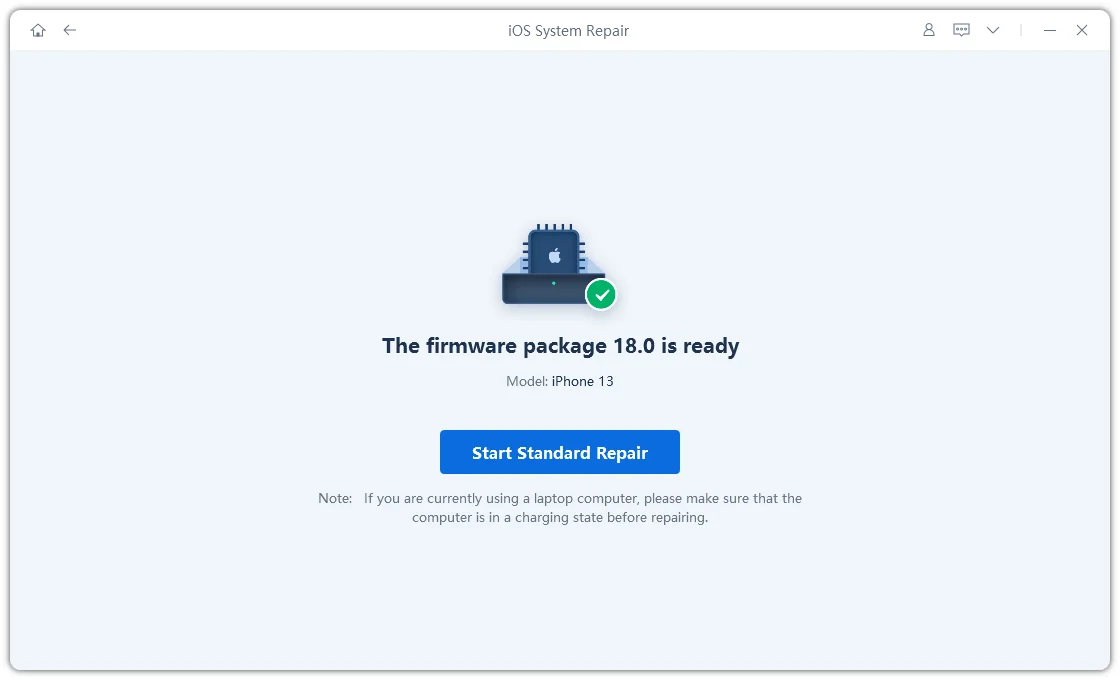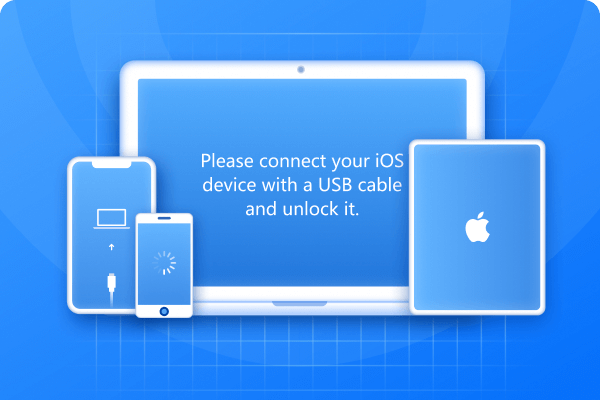It can be really exasperating when your iPhone is running slowly, especially when you’re trying to watch something, work, or just browse the internet. There are a lot of reasons why this might be happening. But you can’t just fix the problem by guessing, as each solution depends on what’s causing the slowdown. In this post, we’ll explain the most frequent reasons your iPad is lagging and solutions to fix the issue accordingly!
Part 1. Why is My iPad So Slow?
If your iPad is running slow and freezing, many factors contribute to this issue, which you must know if you want to fix the issue. Different reasons demand different solutions. Here’s how:
| Problem | Best Fix |
|---|---|
| Your iPad’s iOS is outdated. | Update to the latest iOS. |
| Your iPad has low storage. | Free up the storage space. |
| Too many background apps are running. | Close unused apps and restart the iPad. |
| The WiFi has an unstable or poor connection, slowing down your iPad. | Restart your iPad (can help temporarily). |
| Apps refreshing in the background use up resources. | Switch off the Background App Refresh feature. |
| Older devices struggle with newer updates. A weak battery can reduce speed. |
Reduce motion and visual effects and deactivate location services. |
| Temporary glitches may cause slowdowns. | Restart your iPad and reset all its settings. |
| Intensive apps or multitasking can affect performance. | Close unused background apps and reduce motion and visual effects. |
| High temperatures can make the iPad run more slowly. | Switch off the iPad and restart it after some time. |
Part 2: Quick Checks Before Troubleshooting
Before you apply a major iPad running slow fix, here are some checks you should perform to identify the real reasons for
- Check Storage: Head to Settings > General > iPad Storage to examine if the storage is low.
- Check for Updates: Head to Settings > General > Software Update to check if your iPad is outdated and there’s a new update available.
- Find What’s Slow: Look for a particular issue when the iPad is so slow, like typing lag, apps loading slowly, or the Safari browser is slow.
- Check WiFi Connection: If your iPad is running slow on internet, it could be because of a slow or unstable internet. So, check it as well.
Part 3. Effective Ways to Speed Up a Slow iPad
If your iPad is running slow, here are 8 ways to speed it up. Pick a method based on your scenario:
Method 1: Restart Your iPad
A temporary glitch in the iOS or apps running in the background can result in your iPad running slowly. You can reboot your iPad to exit the apps, remove the glitch give your device a fresh start. Here’s how:
iPad With a Home button: Press and hold the “Top” button until the power slider appears. Slide to switch off. Wait a few seconds, then press and hold the “Top” button again to switch on the iPad.

iPad Without a Home button: Press and hold either the “Top” or “Volume” button until the power slider appears. Slide to switch off. Wait a few seconds, then press and hold the “Top” button to switch on the iPad.

Method 2: Free Up Storage Space
When your iPad’s storage is almost full, it can’t create enough temporary memory (called swap) to help run apps smoothly. This makes apps reload often and causes lag. Also, the system can’t manage cached files properly, which are used to speed things up, leading to even more slowdowns. Thus, you must free up storage space on your iPad. To do so:
Delete large photos and videos: Remove files from Videos, Bursts, and Live Photos albums in the Photos app. You can also use free cleaner apps like “Clever Cleaner” to find and delete duplicates or blurry photos.
Clear message attachments: In the “Messages” app, tap a contact’s photo to see and delete large media files shared in chats

Remove or offload unused apps: Head to “Settings” > “General” > “iPad Storage,” sort apps by size, then delete or offload the ones you don’t use.


Delete media downloads: Remove offline content (like movies or songs) from apps like Netflix, Spotify, or YouTube.
Method 3: Close Unused Background Apps
Too many unused apps in the background can eat up memory resources, slowing down your iPad as a result. So, you can quit them to free up resources. To do so:
iPad with a Home button: Double-press the “Home button.” Swipe right to find the app. Then, swipe up to close it.

iPad without a Home button: Swipe up from the bottom. Then, hold in the middle. Swipe right to find the app. Next, swipe up to close it.

Method 4: Turn Off Background App Refresh
If your iPad 9th Generation is running slow, you might have activated the “Background App Refresh” feature. It lets apps update in the background, even when you’re not using them. While it’s meant to keep apps up to date, it can slow down your iPad by using up memory and resources constantly. Thus, you can switch off the “Background App Refresh” feature:
Step 1: Head to “Settings.” Then, choose “General.” Tap “Background App Refresh.”

Step 2: To deactivate it for all apps, switch the toggle to “Off.” You can also deactivate it for specific apps individually.

Method 5: Reduce Motion and Visual Effects
When your iPad is running slow and getting hot, deactivating motion and visual effects can help it run faster. This is especially true on older models, since animations use extra power and memory. Here’s how to do that:
Step 1: Open “Settings” on your iPad. Tap “Accessibility.” Then, select “Motion.”
Step 2: Toggle on “Reduce Motion.” In ‘Display & Text Size,” you can also switch on “Reduce Transparency” to make your iPad faster.


Method 6: Disable Location Services for Unnecessary Apps
Step 1: Head to “Settings.” Then, choose “Privacy & Security.” Next, tap “Location Services.”
Step 2: Find and tap the app whose location service you wish to deactivate.
Step 3: Choose “Never” to block location access for apps, or select “Ask Next Time,” or “When I Share,” which allows you to choose when to allow access.
Method 7: Update to the Latest iPadOS
iPadOS updates include bug fixes and security patches that are necessary for its fast performance. An outdated iPad doesn’t have them, which can slow it down. Therefore, you’ll need to update the iPadOS. To do so:
Step 1: Head to “Settings.” Then, choose “General.”
Step 2: Tap “Software Update.” If an iPadOS update is available, download and install it.
Method 8: Reset All Settings
When nothing else functions, and your iPad is running slow after an update, you can reset settings to their default. This will only erase settings that might be leading to incompatibility, network issues, or bugs, and not your personal data or apps. Follow the instructions beneath to reset settings on your iPad:
Step 1: Open “Settings” on your iPad. Then, choose “General.” Click “Transfer or Reset iPad.”
Step 2: Select “Reset.” Next, tap “Reset All Settings.” Hit “Continue.” This will restore your iPad settings to their default.

Part 4: Advanced Fix – Use ReiBoot to Give Your iPad a Fresh Boost (No Data Loss)
If your iPad is still running slow after trying all the tips above, it might be facing some hidden system glitches that normal methods can't fix. That’s where ReiBoot comes in.
ReiBoot is a trusted iOS/iPadOS system repair tool that can fix various iPad issues without data loss—including lag, freezes, black screen, or system stuck. With just a few clicks, you can repair your iPad’s system and bring it back to smooth performance.
Why Choose ReiBoot:
- Fixes iPadOS performance issues without erasing data
- Supports all iPad models and iPadOS versions
- No tech skills needed – beginner-friendly interface
Many users have reported noticeable speed improvements after using ReiBoot’s Standard Repair mode. Follow the instructions beneath to fix your slow iPad with Tenorshare ReiBoot:
- Step 1: Launch ReiBoot
Run ReiBoot on your computer. Then connect your iPad and trust the computer on it. Choose “Start Repair” on ReiBoot.

- Step 2: Choose Standard Repair
Pick “Standard Repair.”

- Step 3: Download the Compatible Firmware
hit “Download” to get the latest firmware to fix your iPad’s running slow issue.

- Step 4: Start Standard Repair
Once the firmware is ready, click Start Standard Repair. The process will begin automatically.

- Step 5: Congratulations
Afterward, it will reboot normally.

Part 5. iPad Running Slow on Internet/Wifi – What to Check
If your iPad is running slow on WiFi, and there’s no issue with the device itself, some internet factors might be contributing to the problem. So, here’s how you can check them:
- Too Many Tabs / Cache Issues: Too many open tabs on your iPad slow things down, and old cached data can also cause lag. So, close the unnecessary tabs and clear your browser cache based on the browser you’re using:
- Outdated Browser: Old versions run more slowly and may not function with some sites. So, here’s how to update the browser you’re using:
- Website Not Working Well: Some sites aren’t mobile-friendly or have browser issues. So, use “Desktop Mode” (Safari: tap AA > Request Desktop Website) or try another browser (e.g., Firefox, Edge).
- Slow DNS Settings: Bad DNS can make sites load slowly. Therefore, employ faster DNS like Google (8.8.8.8) or Cloudflare (1.1.1.1). Head to Settings > Wi-Fi > (ℹ) next to network > DNS > Manual > Add Server
Safari: Settings > Safari > Clear History and Website Data.
Chrome: Chrome > ⋮ > History > Clear Browsing Data.
Safari: Settings > General > Software Update.
Chrome: App Store > Updates.
Bonus Tip: How to Conduct iPad Performance Test?
If your iPad feels slow, employing a performance test can help find any software or hardware problems with it. Here’s how to evaluate your device’s performance:
- Check CPU & Memory: Use tools like CocoaTop for jailbroken iPads and third-party apps like Battery Life Doctor for regular ones.
- Test Wi-Fi Speed: Use speed test apps like Speedtest by Ookla, Fast.com, or Google Speed Test. Also, compare the evaluation results with other devices on the same network.
- Check Touch & Display: On newer iPads, head to Settings > Privacy > Analytics > Diagnostics. Also, employ apps like Touch Screen Test to spot unresponsive areas.
- Check Battery Health: Head to Settings > Battery > Battery Health. If your iPad is connected to a Mac, employ the Coconut Battery app on Mac for more details.
- Run Benchmark Tests: Use Geekbench 5 or Antutu to test speed and compare scores online with your iPad model.
- Check for Overheating: If hot, the iPad may slow down. So, close background apps and let it cool.
Conclusion
If your iPad is running slow, it could be due to things like outdated software, low storage, too many background apps, poor Wi-Fi, or overheating. You can try fixing it by updating iPadOS, clearing storage, closing background apps, turning off extra visual effects, and checking your battery and internet settings.
Running a quick performance test can also help spot issues. However, if none of this does the job, employ Tenorshare ReiBoot, a simple iOS repair tool that can fix 150+ iPad problems without erasing your data. It also provides additional iOS management features.

